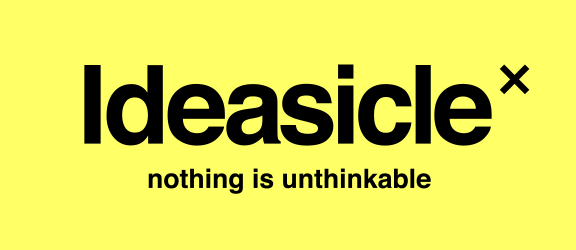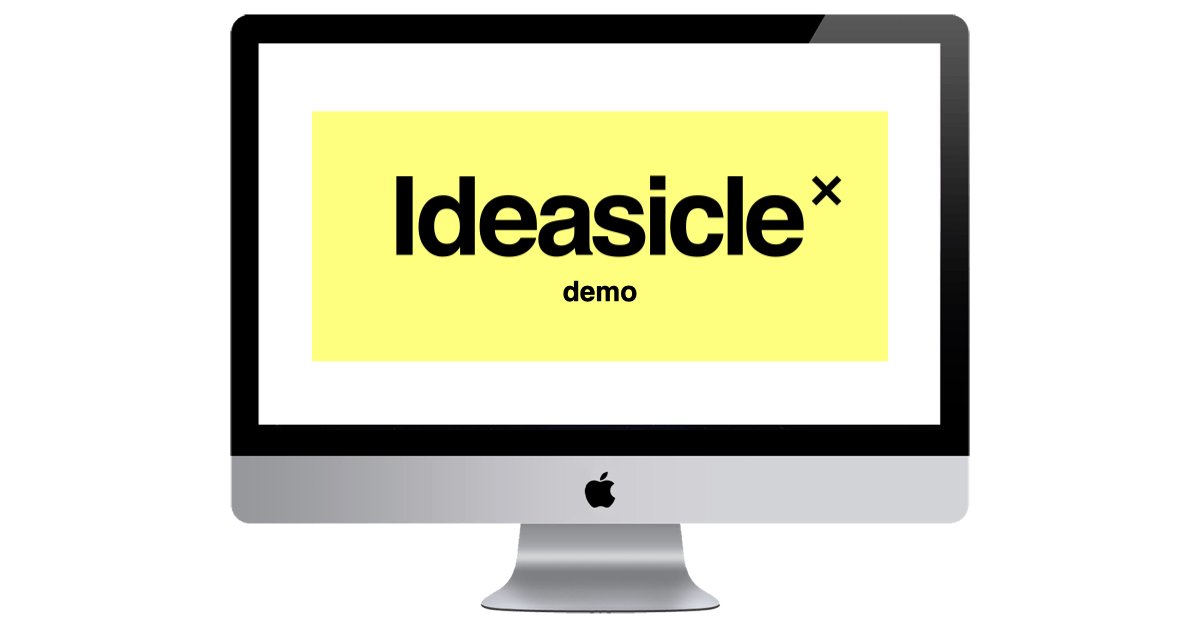When Nothing Is As It Seems, Creativity Has A Chance
If I hand you a brick and ask you what it is, you will likely say, “It’s a brick, dumb ass.” To which I may respond with a question, “What is that brick used for?” You will likely roll your eyes and very quickly say, “To build things like houses and patios.” And you’d be correct, at least according to one conventional paradigm. A brick as it seems is used to build things. But is a brick ONLY used to build things? No? Then why didn’t you say so when you rolled your eyes?
You didn’t say so because the brick paradigm is so fixed in our minds that we do not consider anything else. You might say there is “mental gravity” drawing us forcibly to this brick paradigm and nowhere else. And while that may help us navigate our present reality efficiently, it keeps us from seeing what else this brick could be. Mental gravity keeps us from having new ideas.
There’s a reason I chose a brick for this example.
The old “brick test.”
When researchers study creativity in a lab, they ask their subjects to perform some sort of creative task under various conditions - e.g. after drinking no alcohol, moderate amounts, or lots and lots. The brick test is done by participants in all three groups so researchers can test the effects of the variable on creativity (in this case, alcohol intake).
One of the most famous of these tasks, interestingly, is the “Brick Test,” where subjects are asked to come up with as many creative uses for a brick as they can within a certain amount of time.
What’s interesting about this test is that it forces the subject to ignore the mental gravity pulling them towards the normal, conventional brick paradigm. Subjects will soon exhaust the things you can build with bricks and move to more…creative ideas.
Like a doorstop, a paper weight, a bookend, a weight to be used when exercising, an outdoor shoe scraper to get mud off your boots, etc. When prompted in this way, people come up with great ideas. But only when prompted.
But this is just a brick. What about everything else?
creative Attitude shift: convince yourself nothing is as it seems
In the Brick Test above, people are effectively told to think of a brick not as it is, but as it could be. And that simple twist-of-mind unlocks creative ideas. What else can we apply that trick to? Or, better yet, what can’t we?
Creativity requires that we recognize the conventional, preconceived, paradigms and then rise above them in search for something new. We mustn’t get so mentally trapped in what is that we are blinded from what could be. It makes sense if you think about it. Looking for what could be amongst what is on its face is a fool’s errand.
So look at the problems you face, look at the components of those problems, and ask yourself, “I see what this component is, but what could it be?” The more we can train ourselves to realize nothing is as it seems, the more likely we are to see beyond the narrow definitions that surround us, and the more likely we are to see the many things that could be.
Because a creative idea has no paradigm.
Not yet anyway.
ABOUT THE AUTHOR.
Will Burns is the Founder & CEO of the revolutionary virtual-idea-generating company, Ideasicle X. He’s an advertising veteran from such agencies as Wieden & Kennedy, Goodby Silverstein, Arnold Worldwide, and Mullen. He was a Forbes Contributor for nine years writing about creativity in modern branding. Sign up for the Ideasicle Newsletter and never miss a post.



